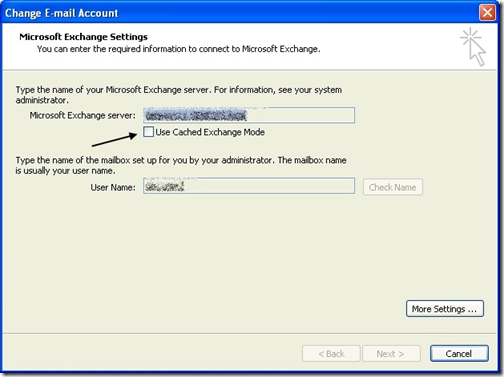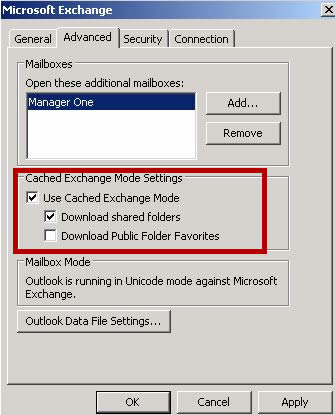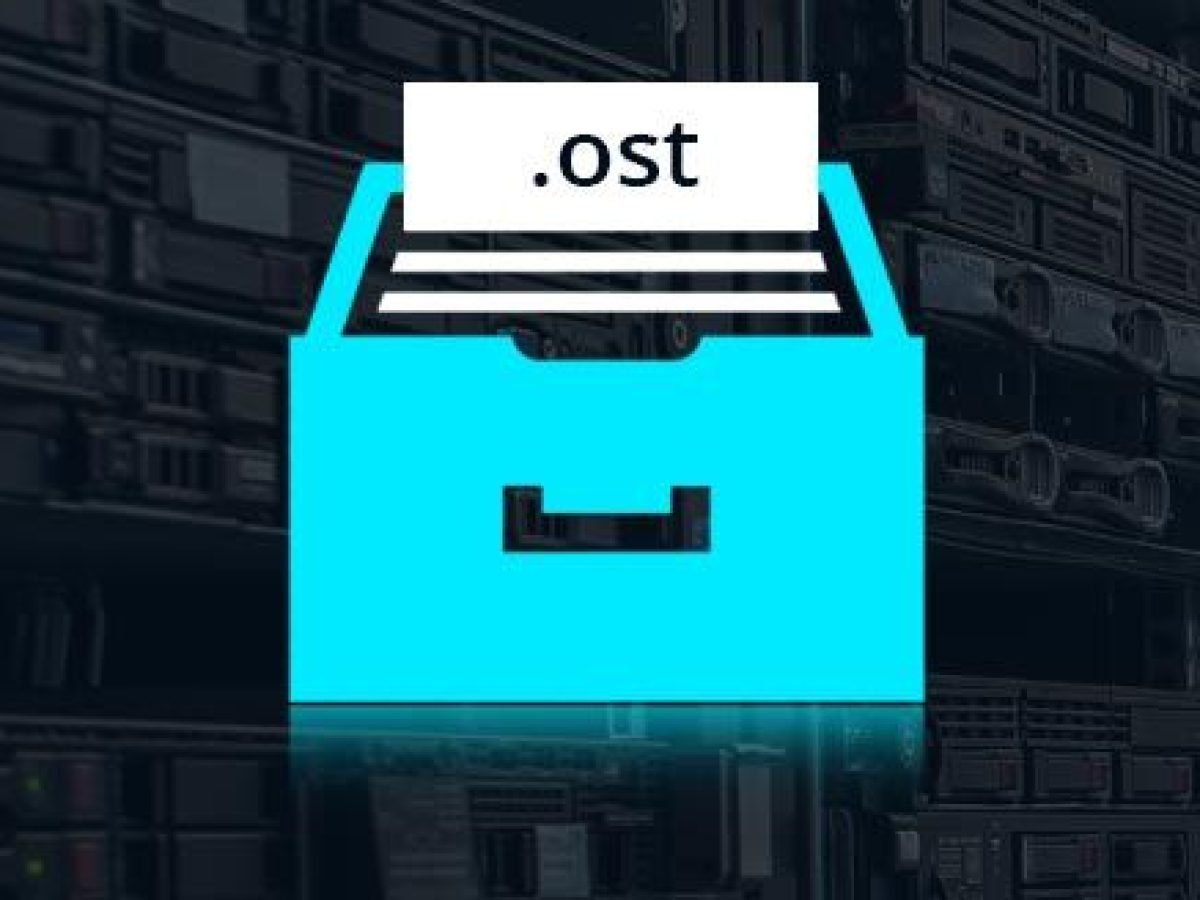


To disable the Welcome to your new Office prompt: User Configuration > Policies > Administrative Templates > Microsoft Office 2013 > Privacy > Trust Center … load the Office 2013 ADM or ADMX templates and navigate to: Prevent performance of First Run Customize settings To disable the Set up Internet Explorer 11 prompt:Ĭreate a GPO and enable the following User or Computer Configuration setting:Īdministrative Templates > Windows Components > Internet Explorer

Notes on Security Banner and IE Settings for Citrix XenApp servers Refer to my previous blog post for more detail: HKCU\Software\Microsoft\Internet Explorer\Main … create a new DWORD registry key named NoProtectedModeBanner with a value of 1 at the following location: To disable the Protected mode is turned off for the Local intranet zone. Protected mode is turned off for the local intranet zone.

If using a local computer policy is not acceptable, this could be configured using a GPO to modify the following registry key: Note that both would provide the same result but I prefer using the Computer Configuration because it is applied to the computer rather than the User Configuration which is applied to each user’s profile. User Configuration > Administrative Templates > Windows Components > Internet Explorer > Automatically activate newly installed add-ons The first is to edit the local policy of the server by running gpedit.msc and navigate to:Ĭomputer Configuration > Administrative Templates > Windows Components > Internet Explorer > Automatically activate newly installed add-ons There are two ways to disable the Several add-ons are ready for use prompt when Internet Explorer is first launched: Having deployed numerous Citrix XenApp and Microsoft RDS over the past few years, I’ve found that I constantly refer to my notes for removing new profile first run items and seeing how I haven’t written a blog post for this year, I figured I’d write one now so I can refer my colleagues to it.


 0 kommentar(er)
0 kommentar(er)
